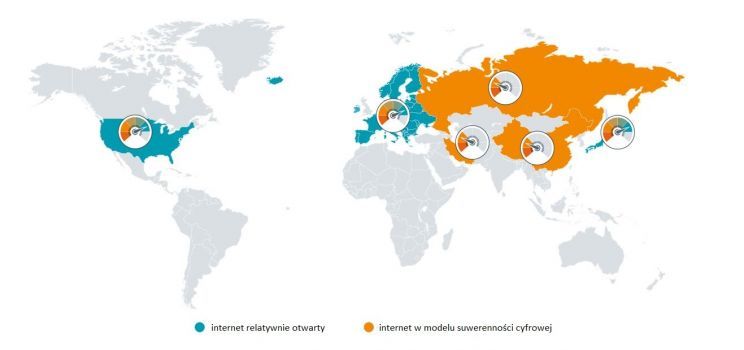GoldenColt
Well-Known Member
- 817
- 3 632
Feministki padają ofiarą zgłoszenia terminu "Dziewuchy Dziewuchom" jako "znak słowny":
Z jednej mam bękę, jako że nie lubię feministek jak diabli. Ale z drugiej strony to jest straszne, że można taki numer wyciąć zgodnie z prawem. WTF?
Z jednej mam bękę, jako że nie lubię feministek jak diabli. Ale z drugiej strony to jest straszne, że można taki numer wyciąć zgodnie z prawem. WTF?





